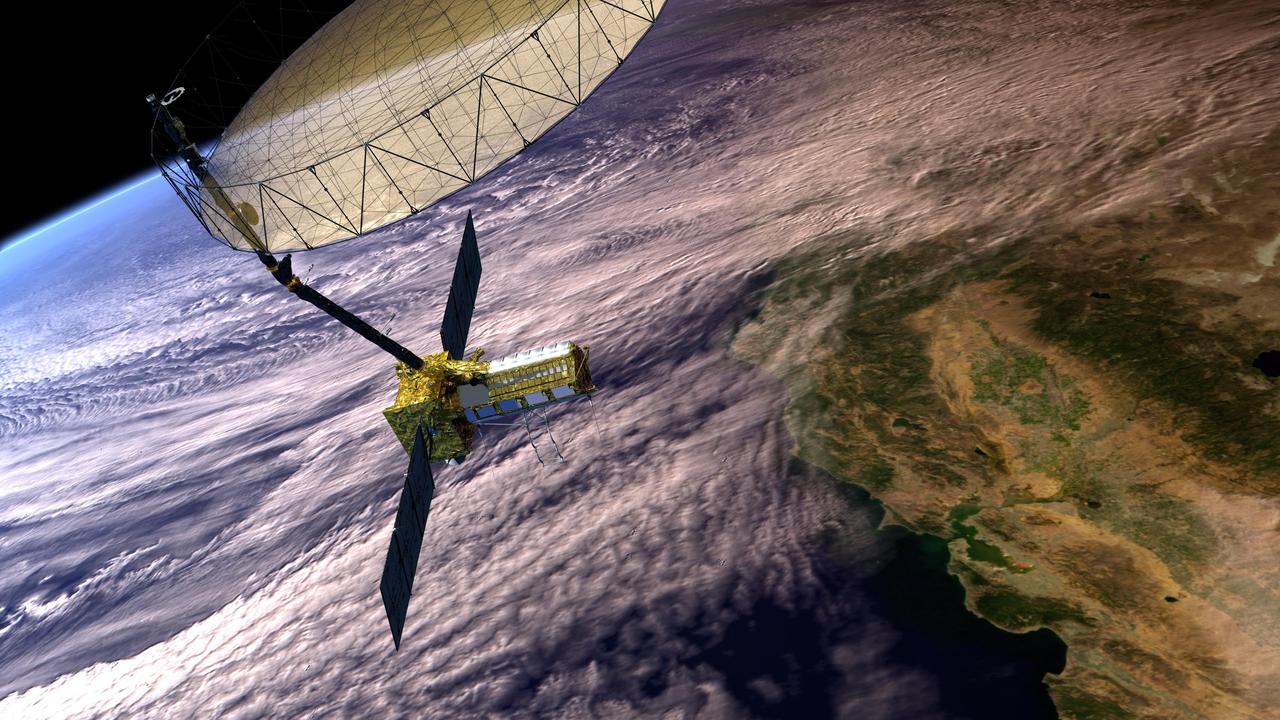Artist’s concept of the NISAR satellite in orbit over Earth. NASA/JPL-Caltech
A New Era of Earth Observation Begins
This week, the European Space Agency (ESA) is poised to launch its latest Earth-observing satellite, Sentinel-1C. Weighing approximately 3 tonnes and costing around $1.5 billion, this advanced satellite is designed to monitor our planet with unprecedented precision.
What Is Sentinel-1C?
Sentinel-1C is part of the ESA’s Copernicus program, a fleet of satellites dedicated to Earth observation. Equipped with cutting-edge radar technology, Sentinel-1C will provide high-resolution images of Earth’s surface, regardless of weather conditions or daylight. This capability ensures continuous monitoring of environmental changes, natural disasters, and human activities.
Why It Matters
Disaster Response
Rapid assessment of areas affected by floods, earthquakes, or landslides.
Environmental Monitoring
Tracking deforestation, ice melt, and changes in land use.
Agriculture
Assisting farmers with crop monitoring and land management.
Urban Planning
Helping cities manage infrastructure and growth sustainably.
Launch Details
Sentinel-1C is scheduled to launch aboard a Vega-C rocket from Europe’s Spaceport in French Guiana. Once in orbit, it will join its predecessors, Sentinel-1A and Sentinel-1B, enhancing the Copernicus program’s capabilities and ensuring data continuity.
Looking Ahead
As climate change and environmental concerns become increasingly pressing, satellites like Sentinel-1C play a crucial role in providing the data needed to make informed decisions. By observing Earth’s every move, we can better understand and protect our planet.
Curious to Learn More?
How will Sentinel-1C’s data influence our understanding of climate change and disaster management? Stay tuned to DailySciTech.com for updates on this groundbreaking mission.
Daily science news 2025, Best science blogs 2025, New science research 2025, Popular science articles, Latest science news 2025










